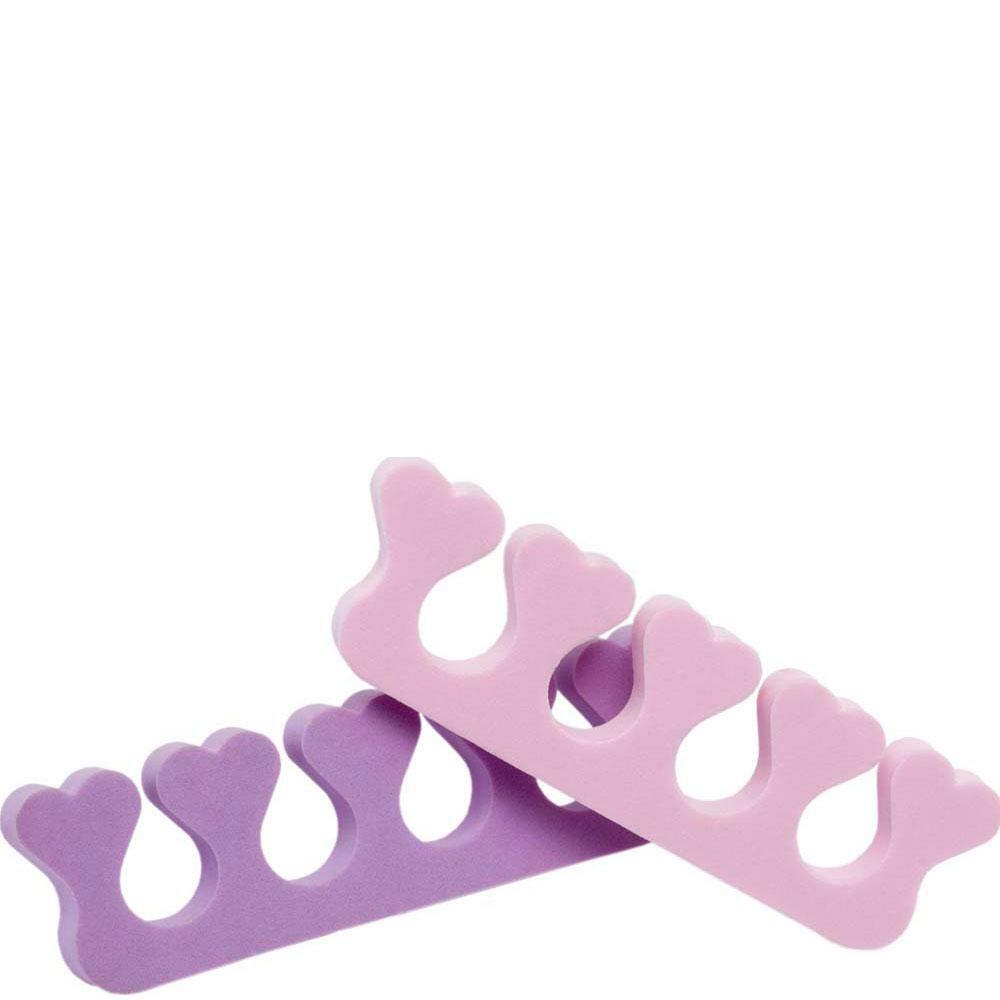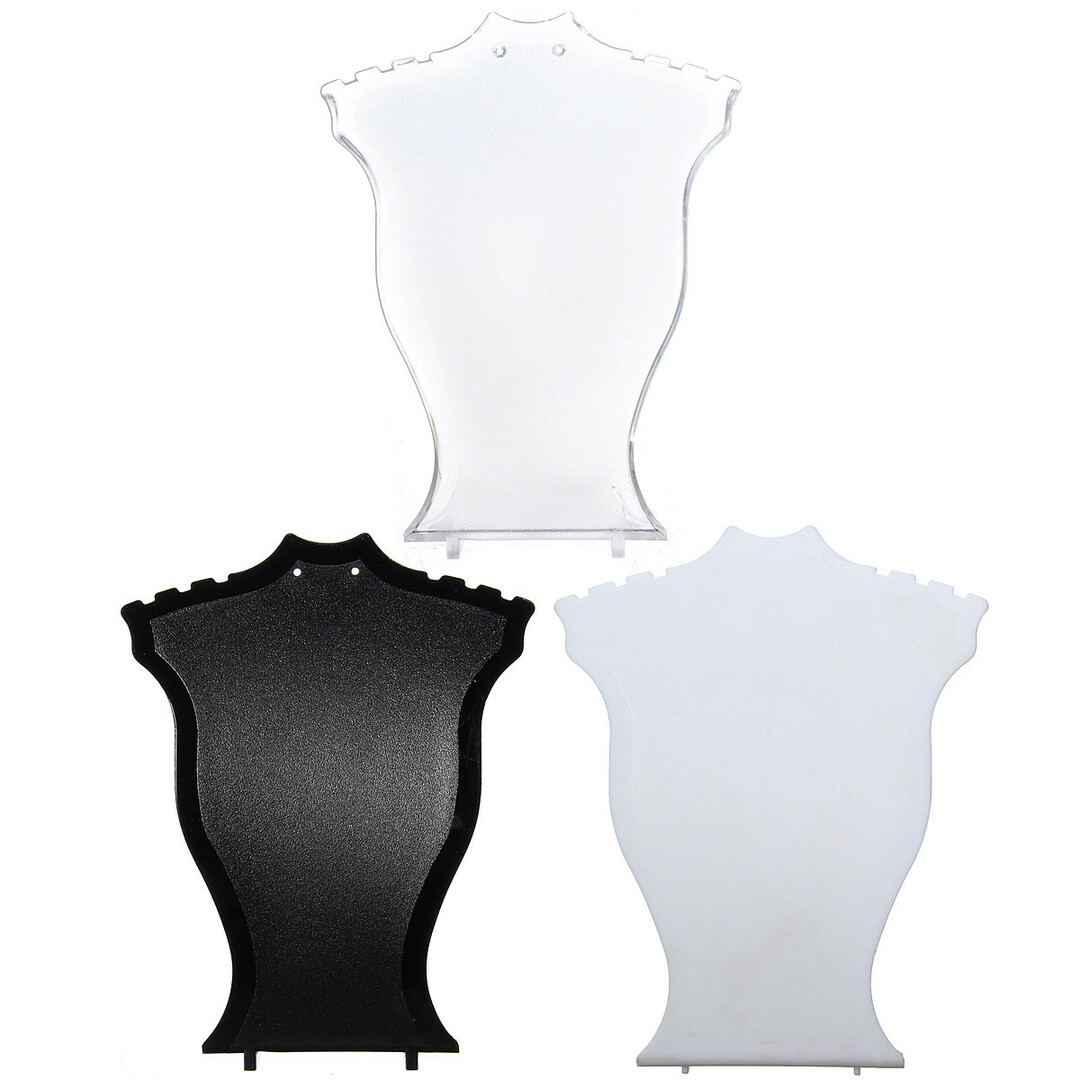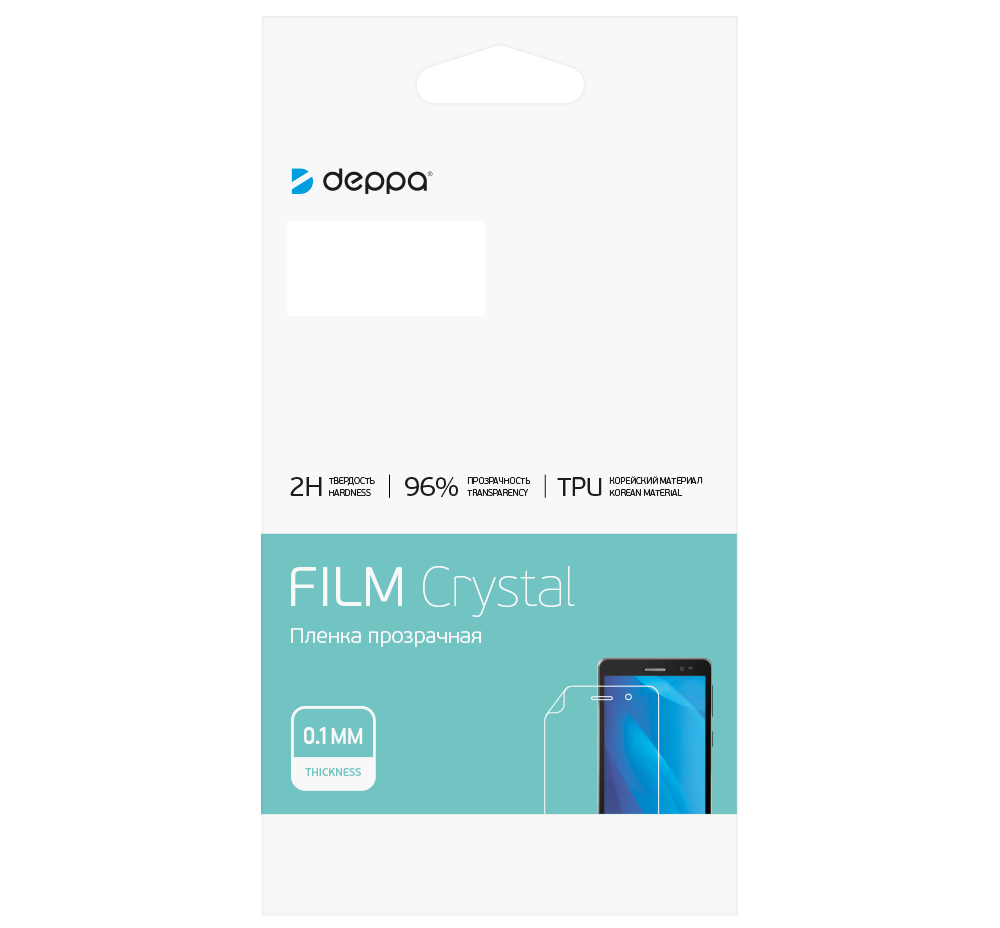Plaster "woodworm" is in great demand due to their external qualities. Finishing bark turns a neat and original at the same time. Abounding in furrows coating resembles a result of activity of bark beetles on the surface of the wood, why, and received an appropriate name. Sami grooves appear immediately after grouting. Typical applications are facades bark lodges, large private and administrative buildings. Plastering grooved finish - a great way to protect surfaces from getting wet. The material is also suitable for the implementation of the retro style. Facing looks good on any form of buildings and perfectly combined with other types of coatings. Woodworm, however, it is used not only as a facade plaster. Its decorative properties manifest themselves in the formation of interior decoration.
Content
- Features
- Advantages and disadvantages
-
types of plaster
- acrylic
- gypsum
- variety of colors
- Calculation of the mixture are
-
plastering technique
- Materials and tools
- surface preparation
- Application of bark beetles on the wall
- patterning
- How to paint plaster "bark beetle"
- Woodworm and stylistic design
- conclusion
Features
Among the main characteristic features of the material including its grooved structure. The use of bark - it is an opportunity to save money and time for finishing, faster and easier task to master. The decorative pattern is obtained without creative process only necessary uniform distribution on the surface. While a significant impact on the final result at the master fails, the very type and thickness of the bark inclusions already guarantee a certain appearance.
The main distinguishing feature - used to create the foundations of a substance. It's either plaster or acrylic. More specific kind is best to choose on the photo in the catalog, to understand about how veneer will look near and afar. The mixtures are always present pellets to create a structural pattern and smaller fractions as a filler with a communication function. The sale is finished solutions and mixtures, calculated on the addition of water.






It defines the parameters of grain size of furrows on the finished surface.
Advantages and disadvantages
Plaster "woodworm" is durable and environmentally friendly. Its membership consists of only natural ingredients. Thanks to the mineral filler mixture turns light - this, in turn, frees the surface of the building from excessive load. They have no significant effect on the material natural phenomena such as direct sunlight and low temperature. Do not spoil the coating heavy rain, snow and hail. Refractory quality provided, including protection from the sun: the color retains the original brightness. Also, stuccoed surfaces are easy to clean. For these purposes, acceptable to use water and detergents. Bark beetle is resistant to mold growth - an important plus in all circumstances. This coating is difficult to damage the mechanical, but if any - to hide the flaws will not work. Among the disadvantages as the complexity of the application. Inexperienced person may need help from the outside.
Additional advantages of finishing the facade bark beetle are:
- The material is available and widely used.
- There is a large variety of colors. Among other things, if the cover was originally white - it can be painted.






types of plaster
The market spread two subspecies "bark beetle" plaster - gypsum and acrylic. Apart from the base member used in the compositions of additives are: polymer, granite or marble chippings with a grain size up to 3.5 mm. These additives, and formed a kind of surface relief. acrylic sealer finishing technology provides advanced tinting to the desired shade. Mixing is made proportional to the addition of liquid caramel in a container with the mixture. If necessary, help the electronic tinting machine. To use it, you should contact the major retail outlets. Due to the technical complexity of creating identical shades in different containers, the latter option is optimal. Modeled plaster is not tinted and painted after application and curing.






acrylic
This composite material with abrasive grains, as well as plaster. The difference lies in the degree of readiness. Acrylic pitted use in finished form and have a plaster diluted with water. Manufacturers of various substances used to create pellets. The most popular among them are minerals and marble chips. Grain size varies depending on the thickness of the abrasive (1-3.5 mm). In this finishing layer thickness is regulated and furrow depth. Acrylic long retains its properties. Indoors it is more than 15 years, and on the outer walls - about 10. As used in the acrylic solution gives it the plasticity. As a result, when drying acrylic Bark does not form cracks. Acrylic coated with a thin layer at the final stage of the work. Within a few days it can be painted with silicate paint or 2 weeks - acrylic. The application of a thick layer of acrylic material cost in a large amount.
See also:Decorative stone for exterior decoration






gypsum
This type of filler is not tinted, colored and after application and curing. Gypsum-based plaster is perfect for decorative interior wall and are less suitable for external cladding. Material sold as a dry mix in bags. It is diluted with water. The role of the container using a plastic bucket with 3.2 liter of water temperature 23-25 ° C. The substance is mixed construction mixer until desired consistency. However, if the plaster will be applied from the outside, it can be used for mixing with a wooden stick. Decorative plaster coating applied on the walls, after aligning the cement-sand mixture or gypsum boards. The first layer is applied evenly starting material. After its hardening the surface of treated abrasive mesh. penetrating primer is applied to increase adhesion.






variety of colors
On sale there are different shades for tinting - from standard to Noble. Therefore, a place to putty "pitted" exists in any design, both elegant and simple. Dark or deep color successfully emphasize deepening and visually "improve" the wall. Indoor advantageously used lighter shades of brown, blue, purple and gray and white, yellow and beige color. Look beautiful, some heterogeneity in the form of a light or dark areas. Facades, in turn, painted in light and in dark colors, depending on their own preferences and the environment. The pigment is sometimes added in the primer - to give a definite ebb. Tint coating, or rather, his perception, further depends on the material. Acrylic, gypsum plaster and in this regard look attractive. During tinting mixture greatest danger is the creation of overly saturated or dirty tone.






There is also a special coloring "pitted" material for use on metal surfaces in order to impart the desired effects without plaster.
Calculation of the mixture are
Caulking is applied together with the factions in the composition. Their size affects the flow of material: the larger the particle diameter, the more the bulk layer should be applied. Are used for facades larger fraction - 3 mm. Average fuel consumption mixture in such cases is about 3.5-4 kg per sq. meter. If the applied 2-mm fraction flow already becomes much less - 2-2.5 kg per sq. meter. Thickness of filler depends on how smooth facade. For example, if we are talking about 10 square meters. meters walls with "obstruction" of a few centimeters, then the first to 3 points need to install beacons. Then for each of these deviations are summed, and the result is divided by the number of beacons (in this case 3). The resulting component - the desired thickness in inches. paint consumption in kg is calculated by multiplying said flow rate for the manufacturer to the above size in inches.

plastering technique
applying Bark technology involves several steps:
- Collection of tools and materials.
- Initial preparation of the walls.
- Creating layers of plaster.
- Plastering the right way to create a certain texture.
- Completion of the formation of the pattern.
- Paint (if need).
See also:Projects of houses in the style of hi-tech
Decorating the walls of bark beetle - a multi-stage process with the associated costs. You must purchase a lot of different materials and tools, and some of them - in a large number. Important quality of the facade, because it affects the amount of material and time. In order to apply the bark beetle, you must first organize the warming layer and the reinforcing mesh. Then, the surface is primed. This can be used for polyvinyl, acrylic, alkyd formulations and "betonokontakt". Specifically for the monolithic concrete wall the best solution might be the last option. Facing the bark beetle is made subject to a number of conditions regarding the implementation and the environment. The main thing - the plaster should not dry up, as will be uniformly applied to the wall. The work should be carried out promptly, oblitsovyvaya at once surface. With the use of special techniques to create complex patterns and designs, "travertine", "plug", "rain" and even "world map."






Materials and tools
For surface preparation and subsequent plastering need to collect a lot of tools and materials. For removal of old layers of plaster need manual chisel (preferably hilt), hammer, hammer chisel-packed. When cleaning of the walls is used a metal brush or nozzle of the same type. In some cases, useful construction hairdryer. It is used in conjunction with a spatula / scraper. Dust removed large soft brush or sponge. In step primary surface preparation remover may be used. In the future, we need to get all the materials for the treatment of the facade: the most plaster "bark beetle", as well as insulation, paint, leveling compound, primer. The standard set of tools for plastering surfaces mixer nozzle includes, plumb, level, different size brushes, rollers, trowels trowel and different shapes.

surface preparation
The first thing a wall is cleaned and leveled. Then put insulation. However, if the facade of the pre-insulation boards have been installed, it will take more time to make sure of reliability of fastening. Even then its surface can be reinforced with the front grid. But just before this it is necessary to organize a first reinforcing layer. Mesh is then applied on the leveling material based on cement-sand mortar. Before applying the primer and woodworm, you will need to make sure that the previous coat is completely dry. Before the last bark beetle primed. To do this, use a brush or roller. By the choice of primer should be approached thoroughly. Perchlorovinyl suitable for concrete and masonry surfaces. They penetrate deeply into the top coat and provide high adhesion. Alkyd primers suitable for the above mentioned types of surfaces, as well as any type of wood. Acrylic composition is not less universal than alkyd.






Application of bark beetles on the wall
To engage in this type of work should be at the "positive" temperature at the time when the processed part of the facade is in the shade. First prepared by mixing the mixture with water sprinkles on the surface. Then, the material smooths spatula. Round particles in the mixture from the displacement will leave oblong recess. Their direction depends on the method of using the spatula. All movements are done carefully and in compliance with uniformity, however, the most urgent work tool - pitted dries quickly. If you adhere to the above principle, it will be possible to avoid the appearance of hillocks. It should be borne in mind that the presence of inclusions does not allow to reduce the layer thickness is below a certain level. Material can be applied in t. H. using techniques such as circular, rain (up and down movement), cross (cross movements). Each wall is processed in one go.






Do not apply a mixture of large portions, otherwise you can not make it to smooth it properly and, as a result, get visual defects in the field interface areas saturated with water in varying degrees.
patterning
Total drawing - is the result of some motion with a metal spatula or sponge float. To get a classic relief-like traces of the bark beetle, it is required to carry out arched and circular movements with a different vector. The tool thus pressed against the wall, half-heartedly. With the help of short jerks with a trowel in different directions creates a "travertine" - imitation of a rough stone surface. Pattern "plug" is obtained after intense movements around EPS trowel in the same direction and with a small radius. Cross movement can create the effect of the tissue surface.
See also:Home of the containers with your hands
Vertical lines should then lead as slowly as possible, and the horizontal - a sharp flick on a tangent. Texture "rain" is formed from the long continuous lines from the top to the bottom. Variants of this figure, there are two: vertical or diagonal strokes. Nearby strips should vary in color.






How to paint plaster "bark beetle"
For dyeing bark use one of the following colors:
- Acrylic. Acrylates provide high water vapor permeability and water resistance.
- Alkyd. Paint alkyd based, in turn, is resistant to aggressive external environment.
- Oil. She, however, has a low water vapor permeability, does not tolerate exposure to alkaline reaction and yields the first two on most indicators.
Regarding the staining technology, the applied colorant can be only after complete solidification of the bark beetle. During the work on the painting tray need for paint, brushes and rollers. First diluted paint - that amount of water which is indicated on the proportions. Received content pour into the tub. Then we collect the right amount on the roller material and hold the tool against the wall. We are doing this manipulation as long as the roll does not remain even a thin layer of paint. The surface should be to paint several times. Furrow covered with unevenly colorant usually accumulates in the lower parts. Uneven distribution of dye pick roller. Thereafter, we paint the recess with a brush. The final result depends not only on the painting, but also the quality of the finishing putty. Another method is to add the staining dye itself in the plaster.






Woodworm and stylistic design
This coat is most widely used in modern style. Facades of houses in this style are often decorated with all kinds of decorative elements, and facing a chaotic grooves perfectly emphasizes them. Its trim and conventional buildings - unremarkable and straightforward. Multicolored lined with worn effects - great design of walls in large farmhouses and lofts inside the spacious apartments. Stylized natural tree bark beetle is applicable for the creation of facades in eco-style. Whitewashing with grooves is combined with the large flat surfaces of houses in the style of constructivism and functionalism. It is used on homes in ethnic style, adding to the overall flavor. Facade in the African style - is also a suitable environment. Another nice pitted combined with Venetian plaster and can be used for decoration of elite houses in the Venetian style.
Other styles, which will be very important this type of filler:
- Italian;
- Mediterranean;
- chalet.






conclusion
Woodworm - decorative plaster for facade and interior of the house. At the finishing of this material has many advantages - it is durable, environmentally friendly and pleasant to look at. Its distinctive feature is the grooved texture. The material is widely used around the world and remains one of the most popular of its kind. On the market there are two types of bark: acrylic and plaster, and both of them are quite versatile in terms of application. Self-facing walls will need to acquire a considerable amount of tools and materials for surface preparation, coating the lower layers and the very plaster. Then, after the initial stage of the work and provide the basis for the bark beetle will decide how to issue coverage. There are special techniques create a textured patterns and decorative patterns. At this stage, it is also recommended to use their own imagination. As a result, it can get a unique and stylish design.



